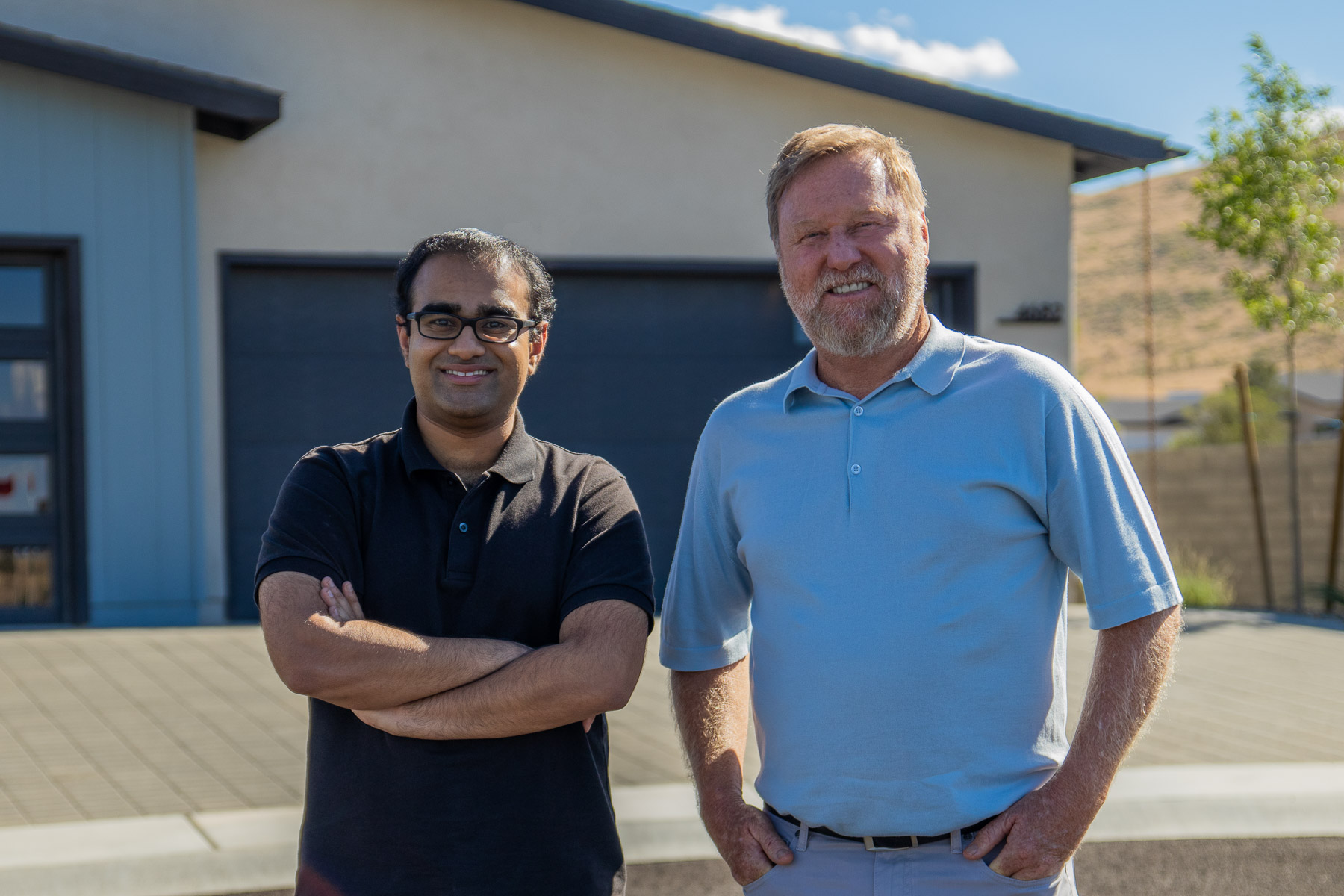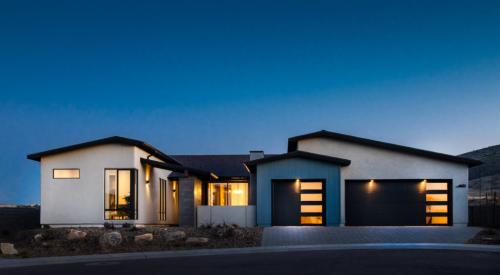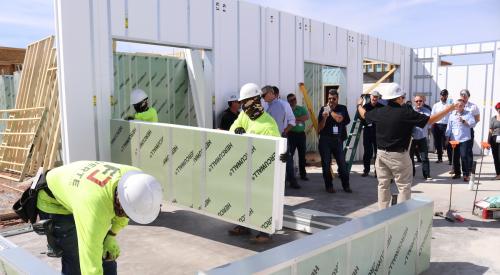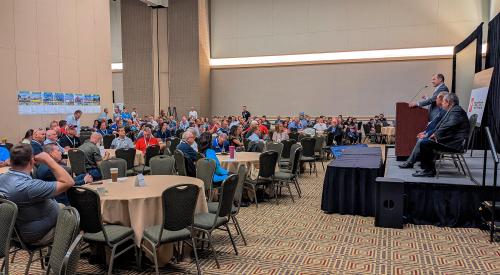As a computer science grad student at MIT, Salman Ahmad spent a lot of time thinking about how software can help improve the built environment. In particular, Ahmad, a son of a general contractor, thought about the ways that homes get built.
He came to a realization: The homebuilding industry has focused on making a more reliable and predictable product—houses. That has led to “cookie-cutter homebuilder models,” the Arizona native says, “where you have a product, a couple options, and you work to mass produce that product over and over.”
To be sure, these houses sell. But Ahmad didn’t think the limited offerings really serve families’ diverse needs.
Ahmad and his PhD. adviser, Sep Kamvar, had a different idea. What if, instead of making a more predictable product, they could create a more efficient process? After all, it’s in the homebuilding process where so much can, and often does, go wrong.
“The challenge of homebuilding is not the technical sophistication of building, but rather the raw scale and operational complexity of building something like 200 plus homes at the same time,” Ahmad says. “It’s easy for small things to fall through the cracks and have a major impact.”
Meet Mosaic: Where Silicon Valley Meets Homebuilding
After Ahmad got his PhD, in 2014, he and Kamvar brought their idea to life by co-founding Mosaic—a technology startup that provides construction and general contracting services for mostly medium-size homebuilders. While using existing labor and traditional materials, Mosaic identifies the best, most efficient way to build houses onsite.
Mosaic first models the homes and determines the sequences and types of activities that need to get done. After that, its software platform auto-generates all the necessary invoices, work orders, and contracts. Then Mosaic executes the construction, carefully scheduling its trade partners’ work across all its houses. Ahmad, using computer science lingo, calls this distribution of labor “load balancing.”
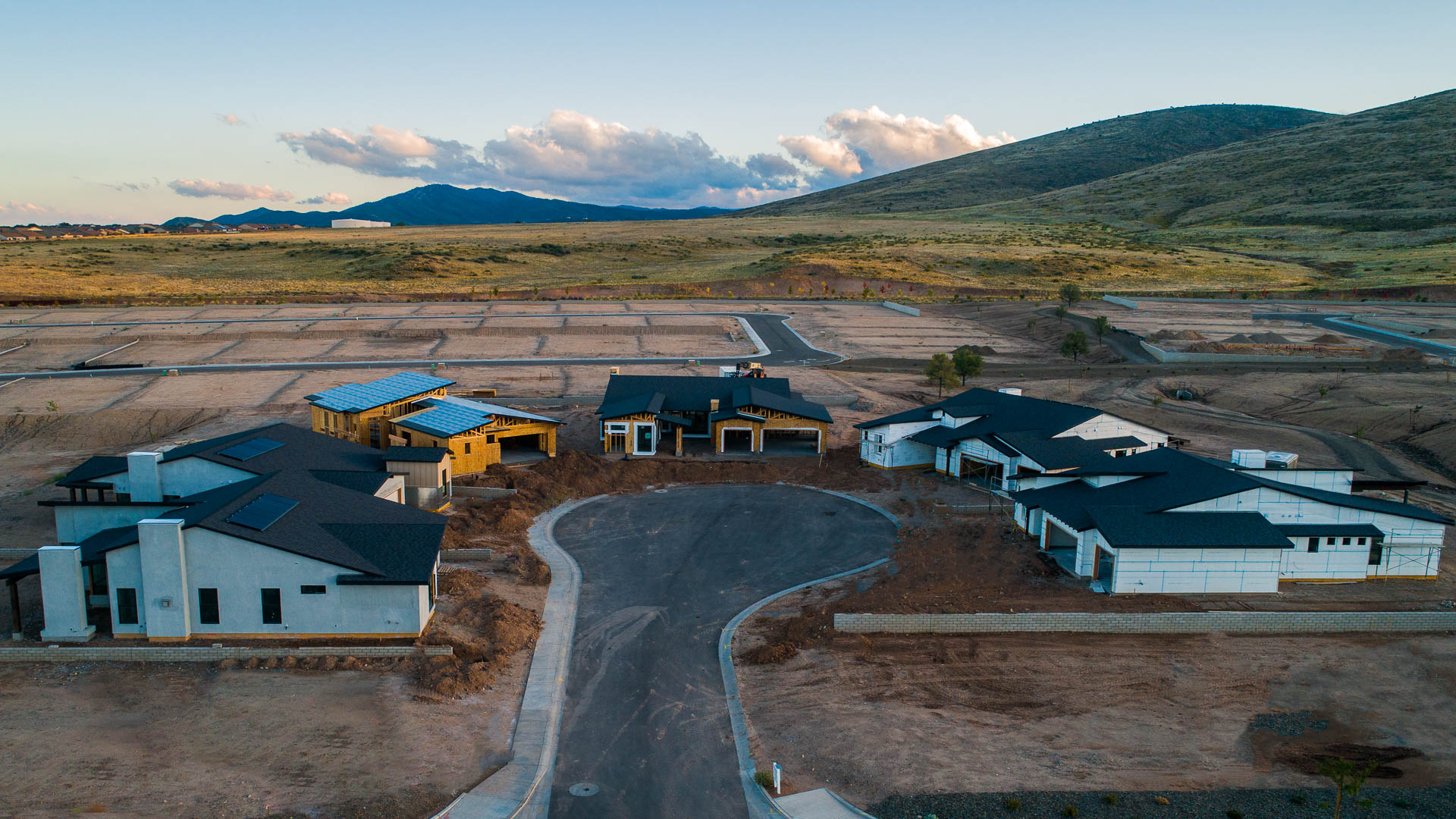
Mosaic’s software platform connects all aspects of the entire construction process. Any changes automatically generate revised work orders for the trades. Meanwhile, Mosaic tracks the whole process and corrects any mistakes along the way. One example of its efficiencies: Mosaic says it’s reduced the time it takes to process vendor payments by more than three times.
In essence, Mosaic takes the management of building homes off of builders’ hands. So builders and developers can concentrate on growing their business.
One such builder is Mandalay Homes. In September, the Arizona builder awarded Mosaic a $100 million contract to build 400 homes over two years.
“I’m relieved of the operational burden of constructing homes, and I can focus on designing and marketing the product,” David Everson, Mandalay’s CEO, says of his partnership with Mosaic.
Mosaic’s tech platform supports homebuilder’s trade partners
But Mosaic is more than a traditional general contractor, Everson says. “They use technology to make a better environment for our trade partners and create consistencies in how things get constructed.”
Everson points to one example of an improved working environment. Like any builder, Everson wants to keep his trade partners happy, especially given today’s labor constraints. So he asked Mosaic to pay the trades on a bi-weekly basis, knowing that was a bigger ask than it might seem. “You have to add a lot of manpower to the accounting team, and more manpower means more human error,” he says.
But Mosaic successfully used its software platform to issue bi-weekly payments—with greater accuracy and without increasing the number of workers. As a result, Everson says, “the trade partners didn’t need to ask their suppliers for larger credit lines or go to their banks or dip into their own cash to hire more people.” In short, regular paychecks resulted in happier workers.
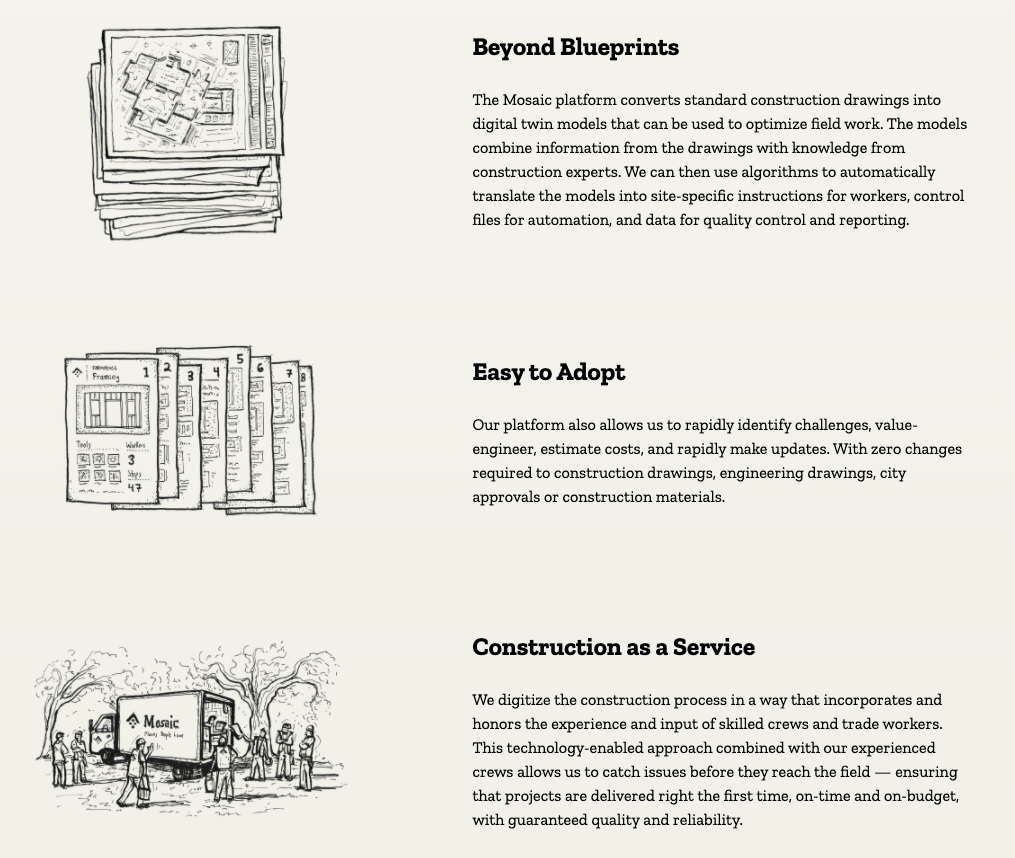
Mosaic also has improved the onsite work process, Everson says. Each Mandalay home comes with several plan options, each of which can run 60 pages long. Contractors have to get all those details right in the field. Mosaic condensed and simplified those plans into easy-to-follow instructions. Precise wood-cutting instructions for the lumber mill, for instance, both reduce waste and preclude the need for a highly skilled framer.
“Mosaic makes the existing contractors better, faster, and more efficient at what they do,” Everson says. “We’re doing a better job building homes more consistently than I had in the past, so I can rely on the houses matching the plans.”
Mosaic’s dashboard provides real-time work-site monitoring
In addition, Mosaic’s dashboard gives Everson greater visibility on the work site. A report shows him, for example, the per-day spend on each home. So he can see if there are any delays in spending—and in building.
“Now I can raise my hand in real time and ask why a house had less spend this week,” he says. The answer might simply be that the customer hasn’t yet selected the cabinets. Whatever the issue might be, he now knows what it is.
“Sometimes those unanswered questions can go on for weeks before they become visible and you never regain that time. It’s gone forever,” Everson says. With Mosaic, he says, “I manage rather than react.”


